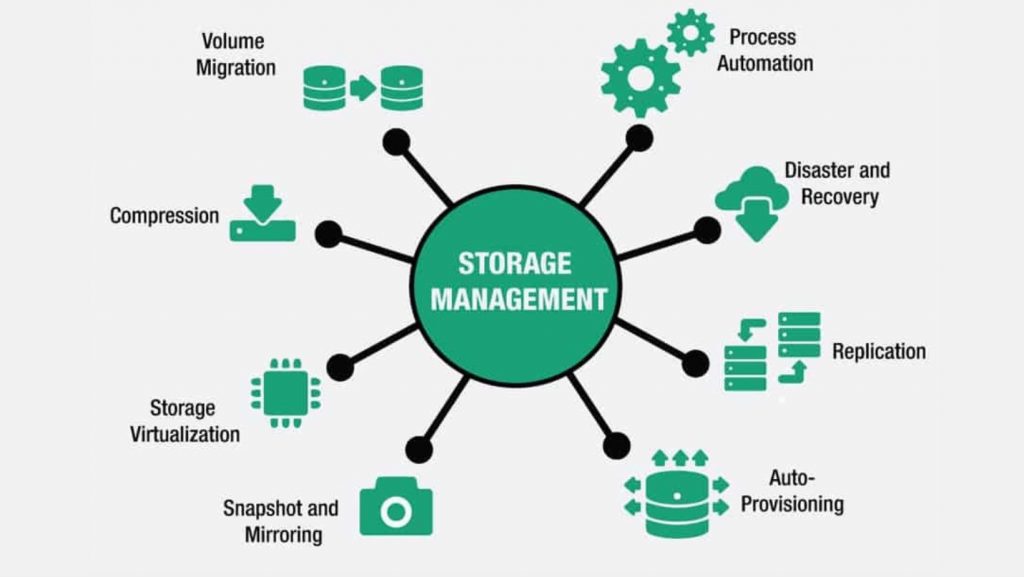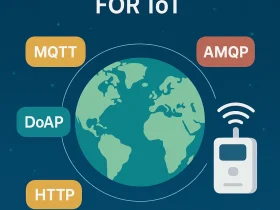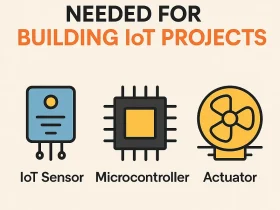What is Data Storage?
We are all aware of content and data’s huge role in our daily lives. If we were talking about data about a decade ago, it wouldn’t have held the same power it holds now. Every living being in the current time is highly reliant on data and content. Producing and exchanging millions of data packets every day is not something we can just let slide, right?
But since we interact with such high amounts of data every day, we also simultaneously need a place to hold and store it. I mean, our capacity to create data has increased not our memory to remember it, right? And that is why we need online storage. A place where you can keep all your essential data, access it at any point in time and when you don’t need it, you can simply just forget about it. Now, let’s look at the concept of storage in a deeper sense.
Introduction to Storage
As stated above, storage is a physical or virtual space where users can hold the data that they interact with or exchange permanently or temporarily based on their needs. This storage space also allows them to access the data whenever they need it. A few examples that are the most common types of storage spaces are USB drives, Hard disk drives, cloud storage units, etc.
Moreover, storage is an integral part of computer hardware as it stores information/data to process the result of any computational work. Thus, we can conclude that without a storage device, a computer would not be able to run or even boot up and humans would not be able to perform basic computing actions as they are able to do right now.
Now, let’s focus more specifically on why we need storage-devices.
Why Do We use Storage (need of storage)

As we have already discussed earlier, to keep a track of all the exchanged data and to store it in a secure place is the main reason why we need storage, but is that the only purpose they serve? Let’s see.
- Storage provides great flexibility to the users and keeps tons of data at a synchronized place with loads of data security.
- Storage keeps a check on all the records and allows cross checking and auditing of the records easily.
- Further, due to the availability of storage spaces, users can shift their focus to more important activities.
- With the advancements of storage spaces, you can now not only store your own data and access it but also share it and work on the stored data with others in real time.
- Lastly, if all of this was not enough to convince you, storage spaces and the data stored in them can help you in analyzing the market scenario and give a further push to your business in out winning the competition.
Thus, you can see Cleary how many versatile purposes do storage spaces solve with such ease. And that is not it. The various benefits of using storage spaces does not limit itself. There are hundreds of more advantages. One of the most important is, the reduction in the overall cost that is incurred on carrying out transactions or activity in day to day life.
Now that we have discussed the what and why of this topic, let’s look at some other aspects. One of which is the types of storage-spaces available to users. Obviously, a device that offers such great benefits must have multiple types. So, let’s look at some of them.
Types of Storages
Majorly there are 4 different types of storage spaces. These are Magnetic Storage Devices, Optical Storage Devices Flash Memory Devices and finally Online and Cloud Storage spaces. These Storage spaces have subtypes of their own.
Let’s have a closer look at these types and their definitions along with discussing their subtypes.

Magnetic Storage Devices
Although these devices are no longer in use, they were the first types of storage devices accessible to users. A huge amount of data can be stored in these devices using magnetic mediums. These storage devices include:
- Hard drive
- Zip disk
- Magnetic card
- Super disk
Optical Storage Devices
These storage devices were famous in the early 2000s and used lasers and lights to identify and store reading and writing data. These included:
- CD ROM
- BLU RAY DISK
- DVD
- CD-R
Flash Memory Devices
These devices have replaced magnetic and optical storage devices as they are both convenient to carry and use more advanced technology. They are also cheaper and store more data that the previous two. These storage devices include the following subtypes:
- USB drive
- Memory card
- Memory stick
- SD card
Online and Cloud storage
The most widely used storage spaces in the current time are the cloud and online storage areas. Cloud storage is a cloud computing model that stores data on the Internet through a cloud computing provider who manages and operates data storage as a service. It’s delivered on demand with just-in-time capacity and costs, and eliminates buying and managing your own data storage infrastructure. The most famous online and cloud storage technologies are:
- Gdrive
- Onedrive
- Adobe Creative Cloud.
All these storage-spaces combined together have provided humans the ease they require to perform various computing tasks. And with every technological advancement that comes our way, these storage-devices will undergo proportionate updates and upgrades.
And that was our beginners guide to explain the basic concept of storage, its necessity and its various types to you guys. We hope that this article would have cleared out your doubts. You can email us with more queries and read our other articles to know more about various other networking devices!
See also:
What is Server? Why do we need a server?
What is Firewall? and used for in a Network?
What is Network Core? Beginner to Expert Guide 2025
What Network Switch and Router Difference is: Switch vs Router
Start Your IoT and Data science Journey Today
🔔 Subscribe to Our YouTube Channel » for IoT video Tutorials.
🌐 Start Learning IoT Basics Now » and What is IoT? – Introduction to IoT for Beginners on IoTDunia.com!
Check out Top IoT Applications in Real World – Smart Use Cases 2025, IoT career guide 2025, Best Projects on IoT for Beginners
Image References
https://www.pcwdld.com/storage-management










Leave a Review